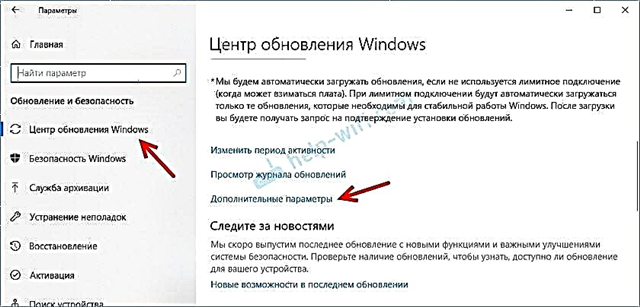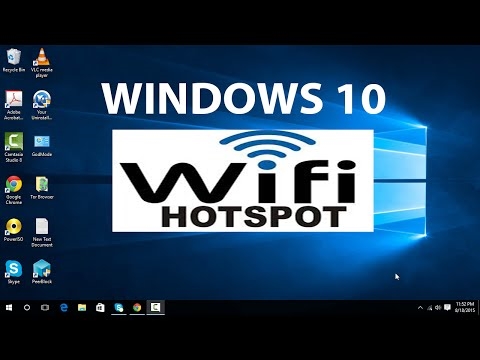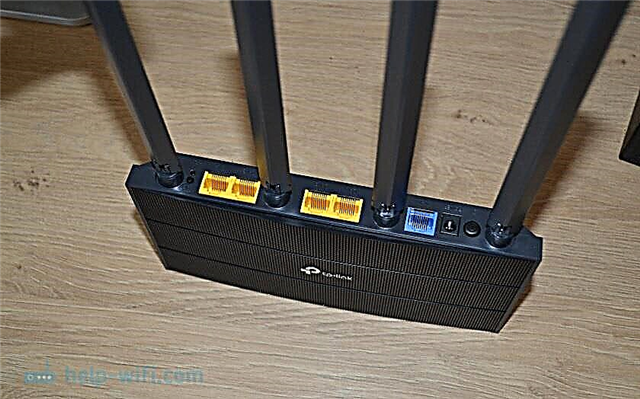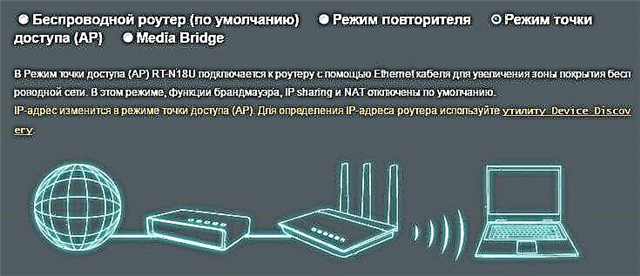Honestly, today I am too lazy to write some regular instruction, therefore, I decided to talk about access points. What is an access point, what are they for, how they differ from routers, and how to make an access point from a router. You will not find any specific, step-by-step instructions in this article. Later, in a separate article I will write about how to use a Wi-Fi router in AP (Access Point) mode.
I think first you need to find out what a router is (aka a router). It is a network device that allows multiple devices to connect to the Internet. The router distributes IP addresses for devices, distributes the Internet between connected devices, integrates them into a local network, connects to an Internet provider, and manages all of this. In more detail on this topic, I wrote in the article: What is a router.
Wireless access point: what is it and what is it for?
First of all, an access point is a separate device. A router and an access point are not the same thing. Yes, in many ways they are similar. We can say that the access point is a stripped-down, simpler version of the router. The fact is that a wireless access point is designed to connect devices to an already created network. Its task is simply to organize an Internet connection via Wi-Fi. Also, it can work in different modes: wireless client, bridge, repeater, access point. It all depends on the specific model.
The access point does not distribute IP, does not connect to an ISP, does not have a built-in firewall, etc. It simply receives the Internet from a router or modem and distributes it via Wi-Fi. Some commercially available wireless access points can broadcast IP, set up a separate network, and even connect to an Internet service provider. But, only using the Static IP protocol, or DHCP. Most likely, you can't do without a router or a modem. And one more important point, the access point has only one network connector. So, it does not distribute the Internet via cable.

For example, if you need to distribute the Internet via Wi-Fi from an ADSL modem, or expand an existing Wi-Fi network, then an access point is perfect in this case. For this they are created. As I wrote above, many models can work in client mode, or in repeater mode. Many modern routers are also able to work in all these modes.
In the access point mode, we connect it to a router or modem via a network cable, and we get access to the Internet via a Wi-Fi network. If you want to connect the wireless access point "over the air", then you can configure the bridge mode (WDS), or in repeater mode. You need to look at what works best for you.
Router and access point
The router itself also acts as an access point, it allows you to connect to a Wi-Fi network. In addition, almost every router can operate in AP mode. Some manufacturers, for example ASUS, ZyXEL, simply enable this mode in the router settings. Later, I will definitely write detailed instructions on how to configure this mode of operation on routers from different manufacturers.

In access point mode, the distribution of IP addresses (DHСP), firewall, and IP address translation (NAT) are necessarily disabled on the router. It just turns off a few features of the router, and it turns into an Access Point.
On some routers, there is no AP operating mode as such. There you just need to manually turn off the DHCP server, and perform a few more settings.
Conclusions
If you do not know what device you need, a router, or an access point, then it is better to ask knowledgeable people, or buy a regular router. Buy an access point only if you know for sure that it is right for you.
Almost any router can work in Access Point mode. And the access point itself cannot act as a router. It lacks many of the features that are found in a conventional router.
By the way, a regular laptop or computer with a Wi-Fi adapter can also be turned into a wireless access point. I already wrote how to start the access point in Windows 10. And if you have Windows 7, then see this article.
That's all. If you have any questions, you can leave them in the comments. Good luck!











